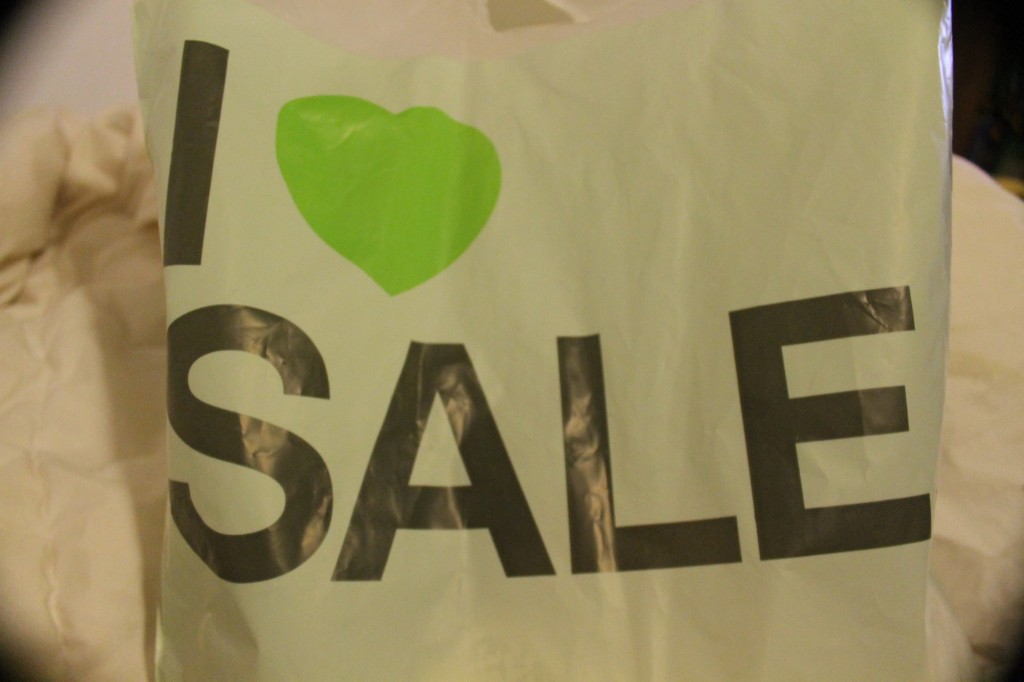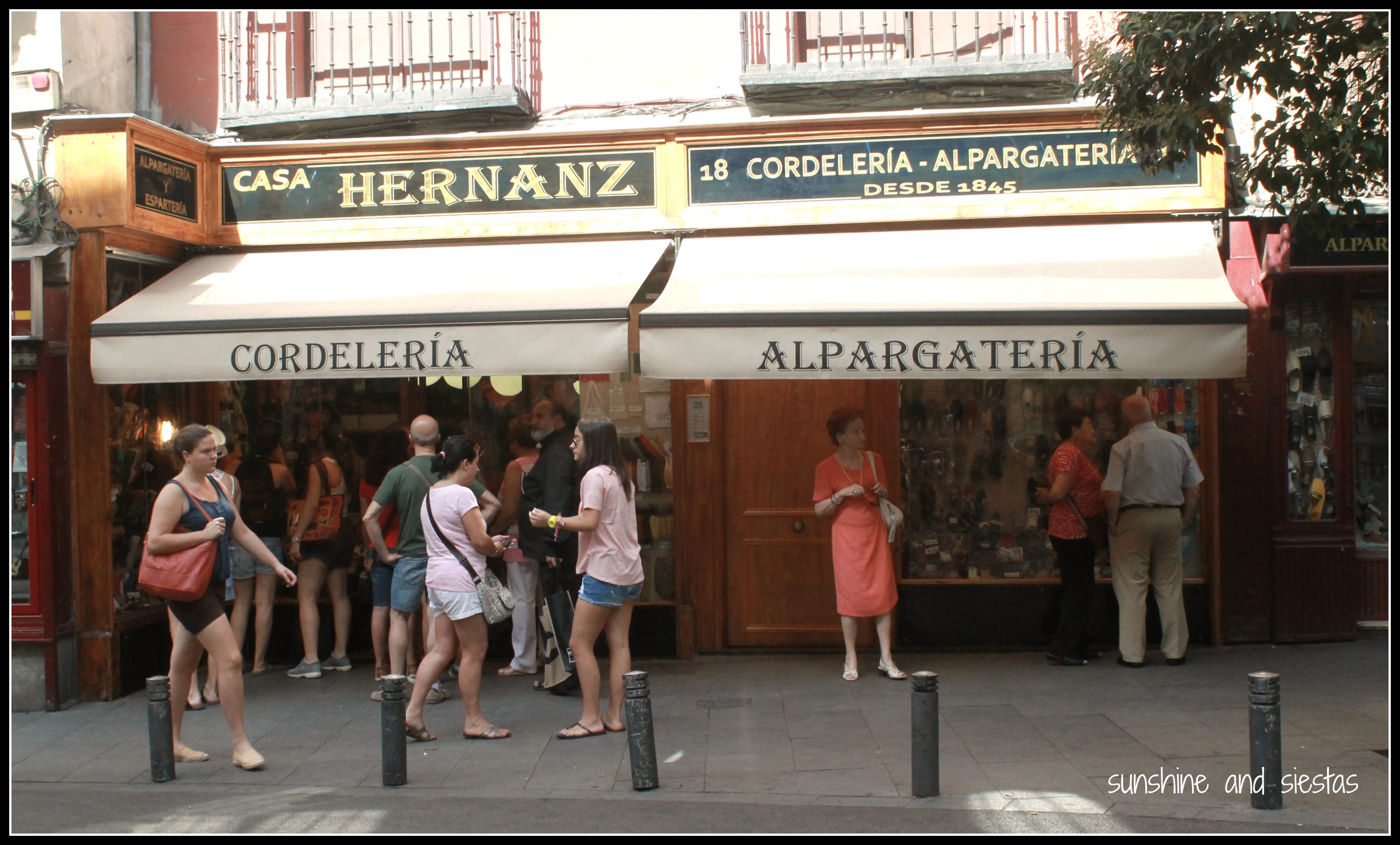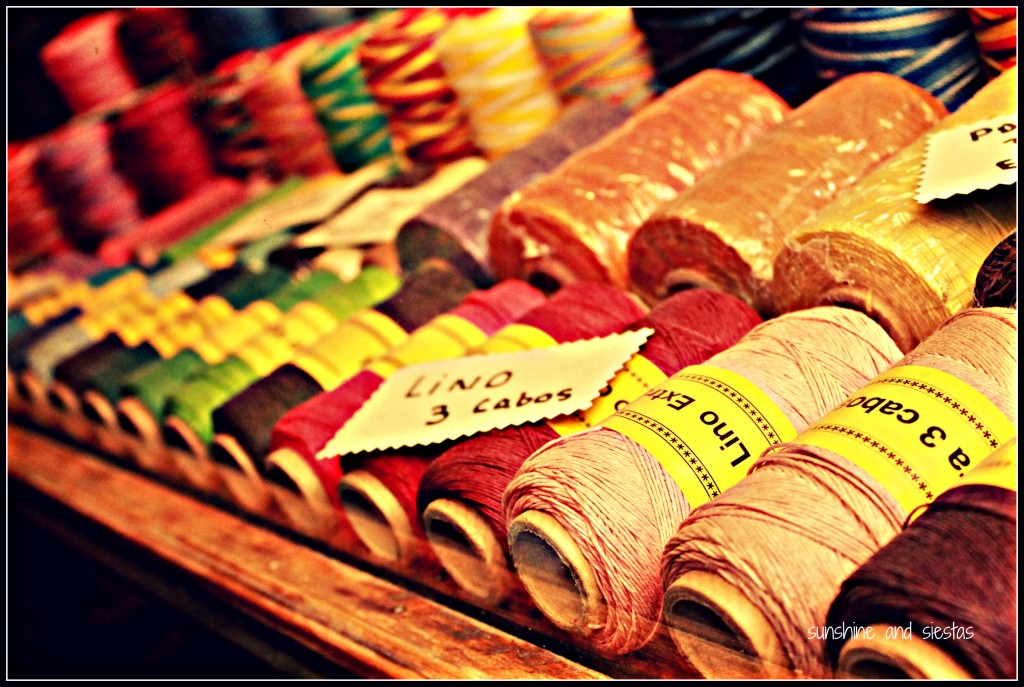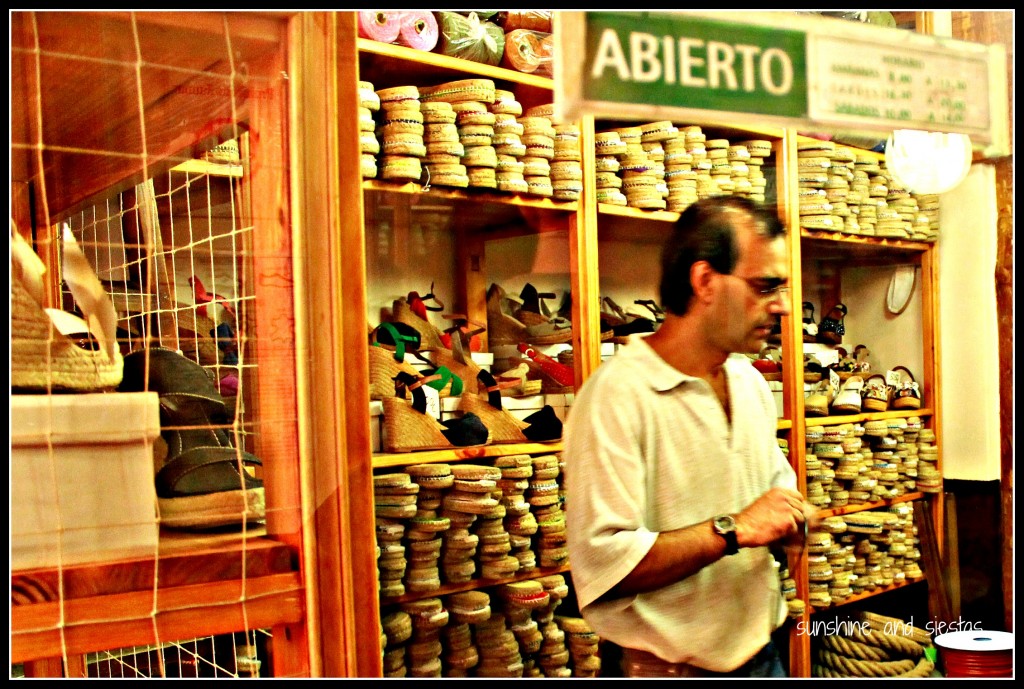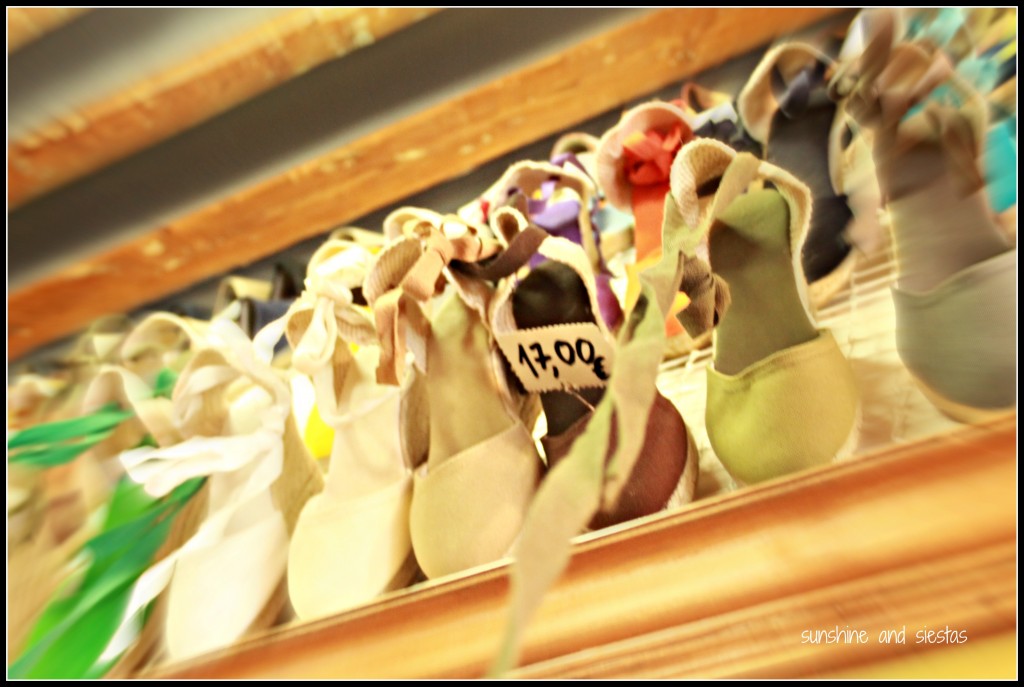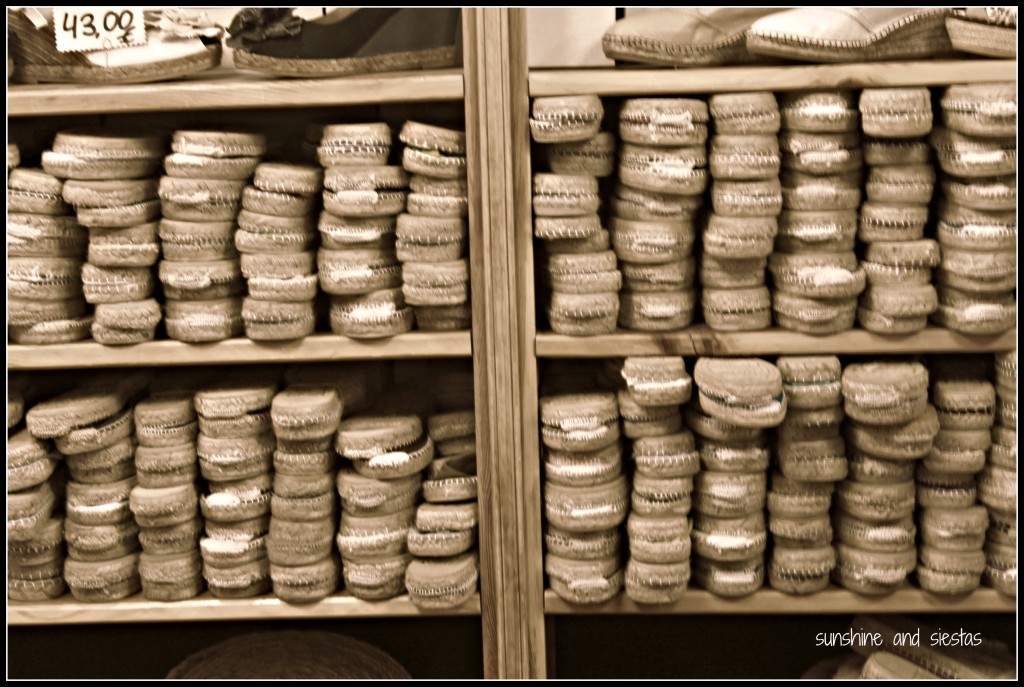To any Christmas-hating consumerist like myself, the most wonderful time of the year is what follows right after the holidays – SALES. I got a teaser when in Central Europe for 10 days, as the stores were already slashing prices and shoppers were laden with sale bags (yet somehow, we had days of closed shops, much to my mother’s disappointment).
Spaniards wait until after the Reyes Magos come to town, and the government officially mandates that the winter sales period begin on January 7th and last until the end of February, called rebajas.
While I don’t anticipate rebajas like I would the last day of school, I definitely start making a list and checking it twice before heading out, and I normally make a plan. Rebajas is my marathon, a time to stock up on essentials and buy myself something capricious simply because it’s on sale (I may drive the Novio out of his closet in the near future). I’ve snagged my flamenco dress for cheap, blazers for half price, an Adolfo Domingo bag for less than 50€. I dig until I find what I’m looking for, carry cash on me for faster transactions and even prefer to shop alone (gasp!).
But it is not for the faint of heart – shopping in Spain during the rebajas is a test of faith, halfway
between a sidewalk sale and a full-blown Black Friday at Best Buy. Here are five tips I’ve compiled to get you through a day of shopping till you drop (or need another café con leche).
Wear the right clothing.
Since the dressing room lines are long, I tend to wear clothes that are easy to get on and off: a pair of comfy pull-on boots, jeggings, a light sweater with no buttons or zips and always a cami underneath. That way, I don’t have to waste so much time pulling things on and off, and having wardrobe staples means I get a better idea of how a billowy shirt fits me when I wear it with my standard jeans (usually, in case you’re wondering, the proportion rule doesn’t work too well on me).
If you’re busy buttoning up a shirt in the dressing room when there’s a line as long as the San Bernardo cofradía of people waiting to do the same, I will likely judge you.
Eat a good breakfast.
If breakfast is the most important meal of the day, it’s even more so when you’re power shopping. Hours on your feet, overheated locales and having to deal with other shoppers means you’ll need your morning tostada and coffee more than ever. I often eat a full breakfast before I go and throw a mandarin orange or two into my bag. Trust me, when the hunger pangs kick in and you’re only two people away from the check out, it helps.
In fact, shop during your lunch hour.
I know the urge to chow down on the delicious smelling adobo at Cerrillo Blanco is about as hard to resist as a half-price dress at Zara, but chances are the stores are a bit more cleared out if you go between 2 and 4pm. I use this rule at weekends, too.
Have someone else do the shopping for you.
When I worked at the Colegio From Hell we were once given an institute day on the 7th while the kids got to stay home and play. While I did curriculum planning, all of my coworkers shopped online or sent friends out to buy for them. It sounded like the Tickle Me Elmo frenzy all over again – I NEED THE WHITE SHEETS FROM ZARA HOME BEFORE THEY RUN OUT! PLEASE PLEASE WAIT IN LINE FOR ME!
Idiots.
DO NOT, under any circumstance, GO ON A WEEKEND
Going to Calle Sierpes on a weekend with the intention of actually shopping during rebajas season is like trying to fanagle your way into the fanciest caseta at the Feria. Not gonna happen, so there’s no use trying. The other option, of course, is to just not go. Remember that there’s a formula: the longer you wait, the cheaper the prices. Yes, you read that right. This, of course, means you run the risk of the sizes S-M-L being nonexistent, so it makes a great time to buy accessories and or even shoes.
Besides, one less body in line is great.
Do you shop at rebajas? Have any tips on surviving the shopping crush, or anything you want to buy? I realize this is extremely tongue-in-cheek, especially as someone who has an extreme impulse buy habit.
